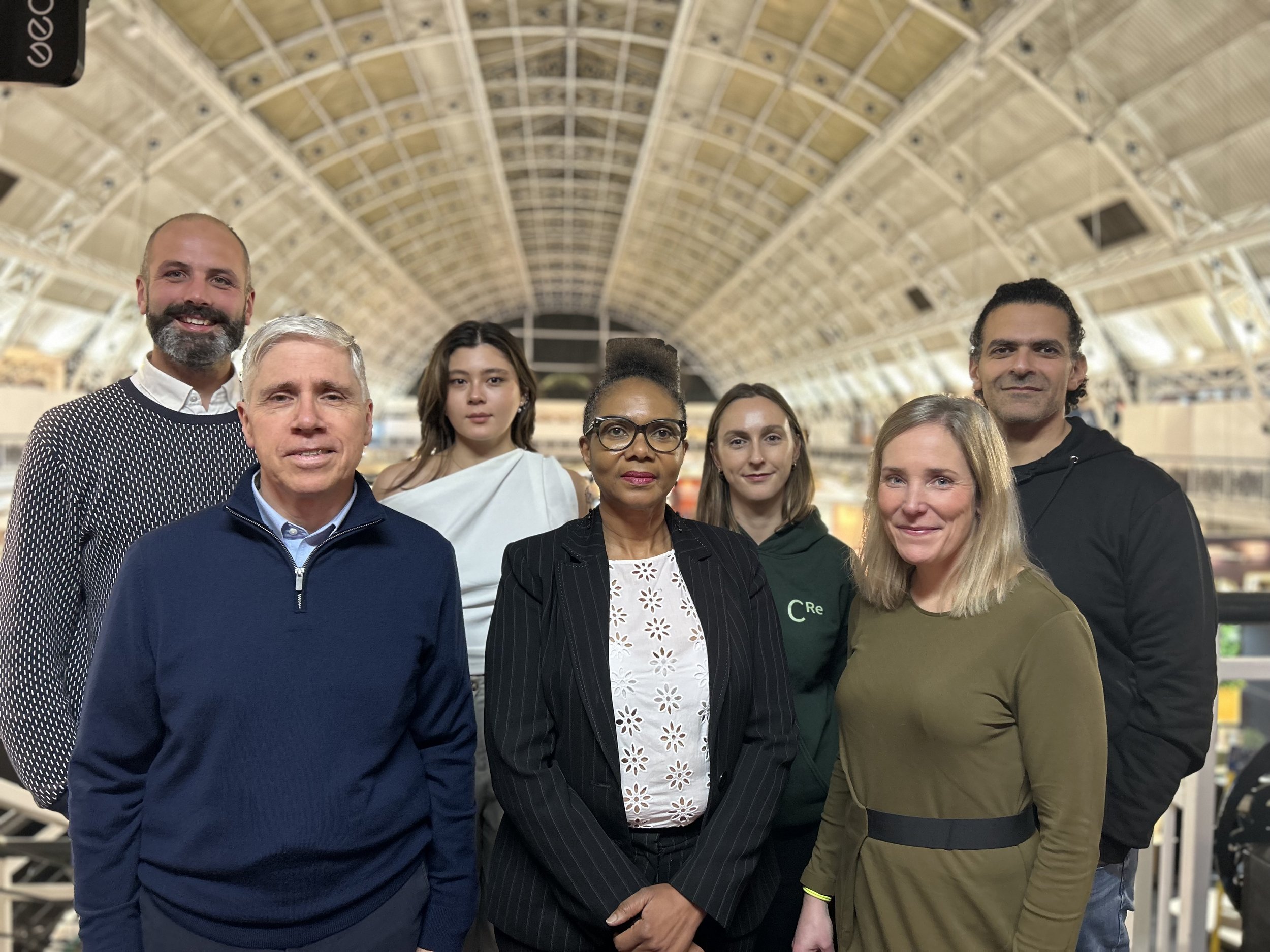Why IDAIC?
Decarbonisation is essential to mitigate climate change and its associated impacts on the environment, economy, and public health. By reducing greenhouse gas emissions, we can limit global warming to safer levels, thus preserving ecosystems, reducing the frequency and severity of extreme weather events, and safeguarding human health and food security. Decarbonisation also promotes energy security and creates economic opportunities through the development of green technologies and industries.
“Joining IDAIC aligns perfectly with our goal to ensure that AI advancements serve the public good. ”
However, several barriers and challenges impede the decarbonisation process. The world achieved a decarbonisation rate of just 2.5% in 2022, necessitating a year-on-year rate of 17.2% to limit global warming to 1.5°C above pre-industrial levels. One major challenge is the reliance on fossil fuels, which are deeply embedded in our energy systems and economies.
Transitioning to renewable energy sources requires significant investment in infrastructure and technology. Additionally, there is often resistance from industries and political entities that benefit from the status quo.
“The industry has the opportunity to use Artificial Intelligence to improve cement operations and product quality as well as to reduce costs and emissions.”
Whilst the use of AI across different industries has skyrocketed in recent years and its vast potential is now widely recognized, its potential in industrial decarbonisation applications is yet to be fulfilled. There are significant, but surmountable barriers that the coalition aims to solve, including: the availability of well-curated large datasets for open and collaborative R&D, and the need for cross-disciplinary R&D bringing together expertise in AI, materials, chemistry, physics and industrial processes.
The IDAIC has been launched to encourage businesses to apply multi-disciplinary knowledge, allowing the use of advanced R&D and industry collaboration to develop AI tools to solve problems hindering industrial decarbonization.
For the foundation industries (including metals, cement and chemicals), these challenges are more acute because of the fundamental changes required to the energy intensive, large-scale operations which have been honed over many years. Electrification of all processes is not practical, neither is the elimination of all process emissions. However, these industries account for huge proportions of global emissions and resource use, therefore, present a major opportunity to reduce environmental impact.
“This exciting initiative has the potential to ensure that coordinating and improving innovation across all industry sectors is maximised, to ensure that AI technologies can effectively facilitate the transition to net zero as quickly as possible.”
Upcoming articles
In line with its mission, IDAIC will publish a series of articles on the barriers and opportunities to unleash the full potential of AI for industrial decarbonisation. These articles will delve into the challenges currently facing the sector, including data accessibility, cross-disciplinary collaboration, and integration of AI with existing industrial processes. They will also highlight the immense opportunities that lie ahead, providing a roadmap for stakeholders to harness AI's transformative power effectively.
We welcome guest articles relating to IDAIC’s work, particularly case studies on the application of AI/ML in industrial decarbonization.

